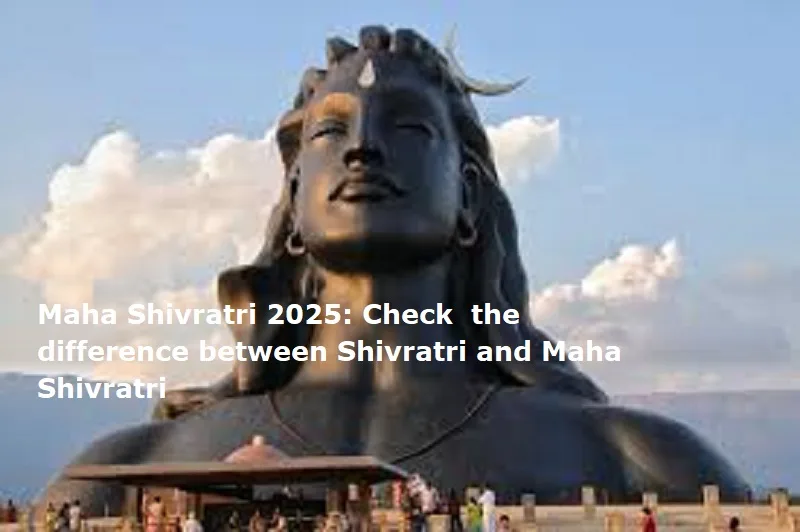
Mumbai: Maha Shivratri also known as ‘the Great Night of Shiva’ is a Hindu festival. It is a special day dedicated to worshipping Lord Shiva. Maha Shivratri occurs once a year, on the 14th day of the dark fortnight of the Hindu month of Phalguna. This year, the festival will fall on Wednesday, February 26, with the Nishita Kaal Puja (midnight worship) taking place from 12:09 am to 12:59 am on February 27.
Maha Shivratri celebrations are associated with several stories about Lord Shiva. Generally, Maha Shivratri is celebrated as the anniversary of Lord Shiva and Goddess Parvati, but there are many other stories in various texts and scriptures describing why Maha Shivratri is celebrated.
According to Puranas, Shivratri is celebrated as the day Shiva saved the world from the pot of poison that emerged during the great mythical churning of the ocean called Samudra Manthan.
Maha Shivratri occurs once a year, on the 14th day of the dark fortnight of the Hindu month of Phalguna. On the other hand, Shivratri, or Night of Shiva, is a recurring event that falls on the 14th day of every lunar month’s dark fortnight. Each month, devotees observe this day by fasting and offering prayers to Lord Shiva. However, the most significant of these nights is Maha Shivratri, celebrated once a year.
Also Read: Commodity Market: Gold price hits fresh all-time high
Shivratri and Mahashivratri: Key Differences
Frequency: The primary disparity between Shivratri and Mahashivratri lies in their frequency. While Shivratri occurs every month, Mahashivratri is an annual event.
Significance: Mahashivratri is considered the most significant among all Shivratri observances. It symbolizes the marriage of Lord Shiva and Goddess Parvati, and marks the night when Lord Shiva performed the cosmic dance of Tandava.
Observance: While both occasions involve fasting, meditation, and worship of Lord Shiva, Mahashivratri is celebrated on a grander scale with elaborate rituals, devotional singing, and night-long vigils (jaagran) in temples and homes.
Community Celebration: Mahashivratri brings communities together in collective prayer and celebration. Devotees often visit Shiva temples, where priests perform elaborate rituals, including the abhishekam (ritual bathing) of Shiva Lingam.
Spiritual Significance: Mahashivratri is believed to be a time of spiritual awakening and renewal. It is considered auspicious for undertaking spiritual practices such as meditation, chanting mantras, and introspection to attain spiritual growth and liberation.

Post Your Comments